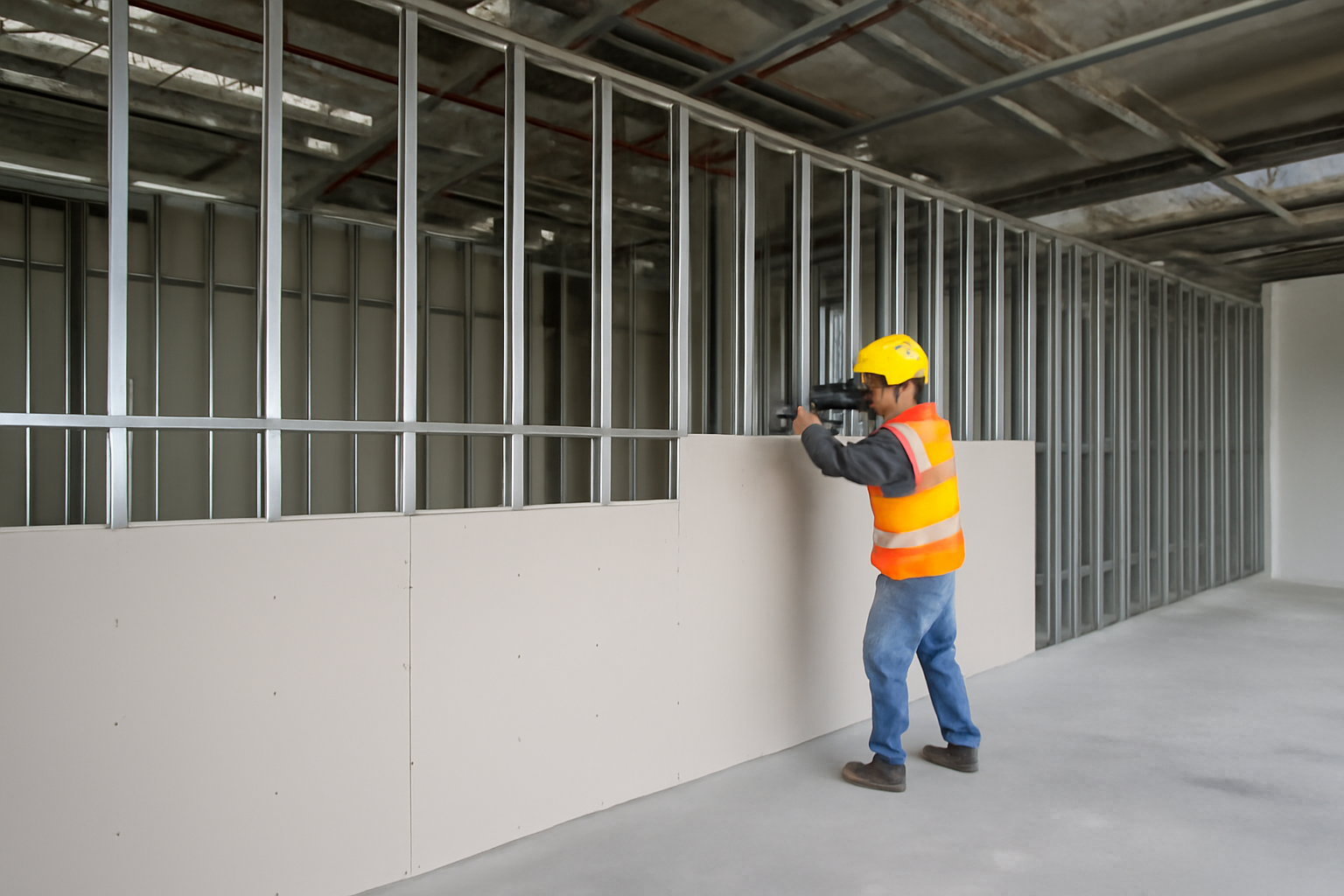
Drywall estimating becomes significantly more complex when dealing with precast and hybrid structures. These construction types often feature irregular connections, variable substrates, and limited access for conventional framing and hanging methods. For architects, engineers, and general contractors, understanding how these structural systems affect drywall scope and cost is key to ensuring accurate estimates and constructible designs.
Unlike conventional steel or wood framing, precast concrete and hybrid systems introduce several cost-affecting variables for interior trades. Drywall estimating must take into account:
Applying assumptions from conventional drywall estimates to hybrid structures leads to gaps in labor projections and material needs. Estimators often miss:
These oversights can cause significant change orders and disrupt sequencing with other trades.
To prevent errors, drywall estimators must adopt a more detailed and condition-specific approach. Active Estimating supports this with advanced tagging and auditing tools that account for hybrid structural systems at a granular level.
Drywall estimating in complex structural environments demands flexibility. With tools that track subjective and objective data together, estimators can adapt as field conditions change or when design coordination reveals new constraints.
In a mid-rise mixed-use project with a precast envelope and steel interior framing, early drywall takeoffs underreported furring needs by 12%. Using Active Estimating, the estimator flagged all panel-to-partition intersections and applied labor multipliers based on anchor types and access height. The result was a revised estimate that added $48,000 in scope but prevented delays and costly RFIs during construction.
Drywall estimating for precast and hybrid structures requires more than just quantity measurement—it demands a system that can handle variability, track scope evolution, and justify changes. With a structured, data-driven approach, estimators can anticipate complexity and deliver bids that protect both schedule and margin. Active Estimating makes this possible by transforming drywall takeoffs into detailed, adaptable cost models that align with real-world execution.
Contact Information:
Active Estimating
508 2nd Street, Suite 208
Davis
California
95616
Rich Schoener
richard@activeestimating.com
(877)
Schedule a personalized demo to see how Active Estimating can work for your specific needs.
